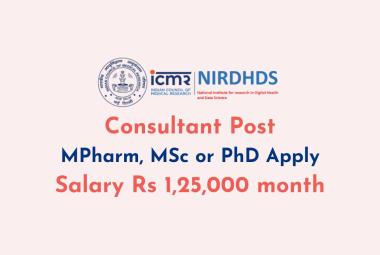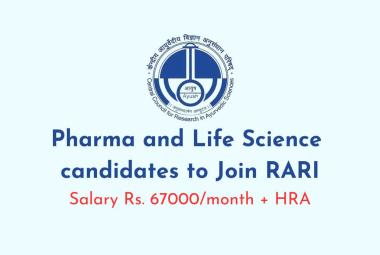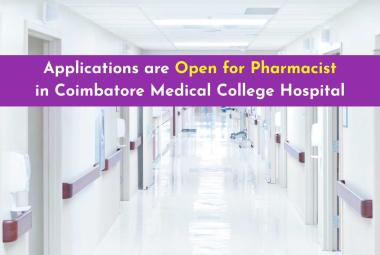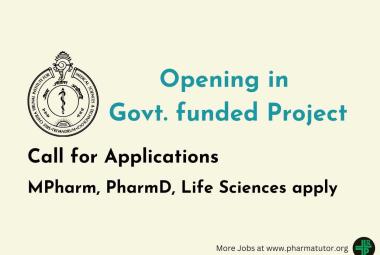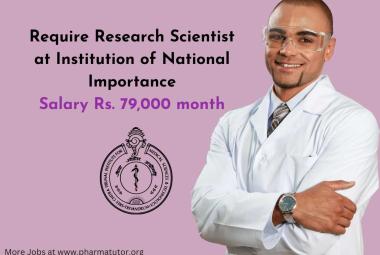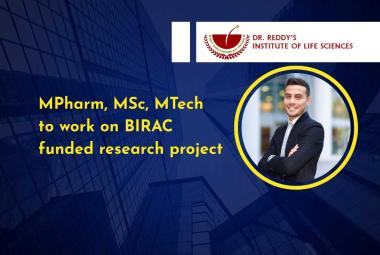Both Johnson & Johnson and Danish partner Bavarian Nordic have induced a lasting immune response for a full year in 100% of vaccinated healthy volunteers, researchers reported. The world should be much better prepared for the next Ebola epidemic, with other promising results showing the potential of a long-lived lethal virus vaccine.


